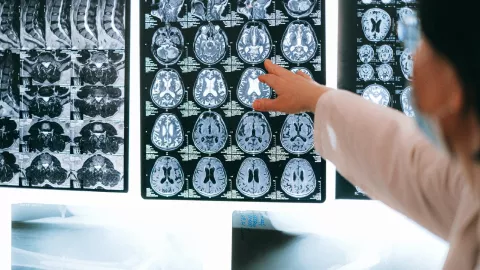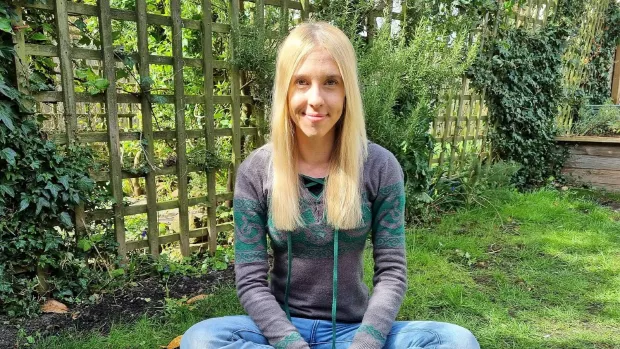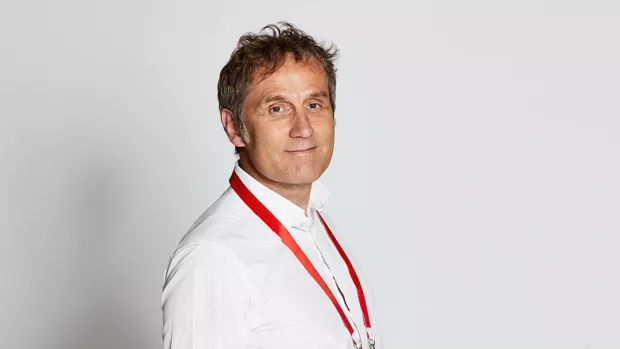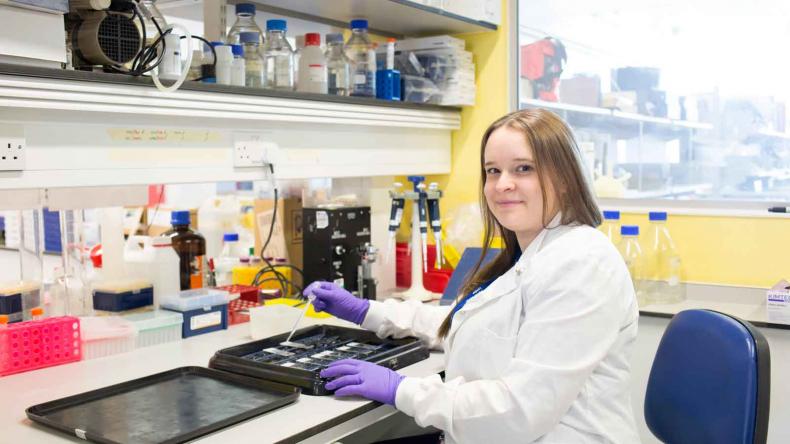
New research shows dose of cladribine treatment may predict risk of future relapses and lesions
Researchers in London have found that new disease activity after treatment with cladribine could be connected to two factors before, and during treatment.
Cladribine is a disease modifying therapy (DMT) licensed for highly active relapsing MS.
It's taken over two courses. After the first course, people have a second course a year later. Most people don’t need more treatment after this. But for some, their MS becomes active again a few years later. If that happens, their clinician might offer them a third course of cladribine.
We don’t yet know why some people’s MS becomes active again a few years after being treated with two courses. But researchers at Queen Mary University of London are trying to find out.
They found that people who got new relapses or lesions after treatment with cladribine were more likely to:
- have had recent relapses and lesions before they took the drug
- had a smaller second dose of cladribine
What did the researchers find?
The researchers did an ‘observational study’. This means they simply observed what happened in the real world without intervening. They looked at MRIs and clinical data of 236 people who received two courses of injected cladribine.
They found that a quarter of people (25%) had new MS activity, three-and-a-half years after receiving their second course of cladribine. People who received a lower second dose of cladribine were more likely to have new MS activity. And people who had more activity on their MRI, like new lesions, before starting cladribine had more new relapses or lesions later on.
Fewer than 1 in 10 people (10%) received a third course of cladribine. Clinicians were more likely to offer a third course of treatment to people who had new relapses or changes in their MRI.
What does this mean for people with MS?
The dose of cladribine someone receives depends on their weight and some measures in their blood. This helps to ensure the dose is safe and reduces side effects. But results from this study show lower doses may be linked to a higher risk of MS becoming active again in the long run.
We need more research to find out what the ideal middle ground is – because it’s important to have a dosage that’s both safe and reduces the risk of MS becoming active again later on.
Currently, people are only given a third course of cladribine if they have a new relapse or their clinician sees changes on their MRI. That’s a ‘wait and see’ approach – it means people only get a third course once their MS is already active again. But it means we lose the opportunity to prevent these new relapses or lesions in the first place. We now need more research to test if a third course can prevent new MS activity before it starts.
Read the full paper on the Sage Journals website
Other research into cladribine
Researcher Klaus Schmierer is also leading a clinical trial into cladribine. ChariotMS is the worldwide first DMT trial to solely focus on people with advanced MS. And it’s now open for recruitment at 20 sites across the UK.




